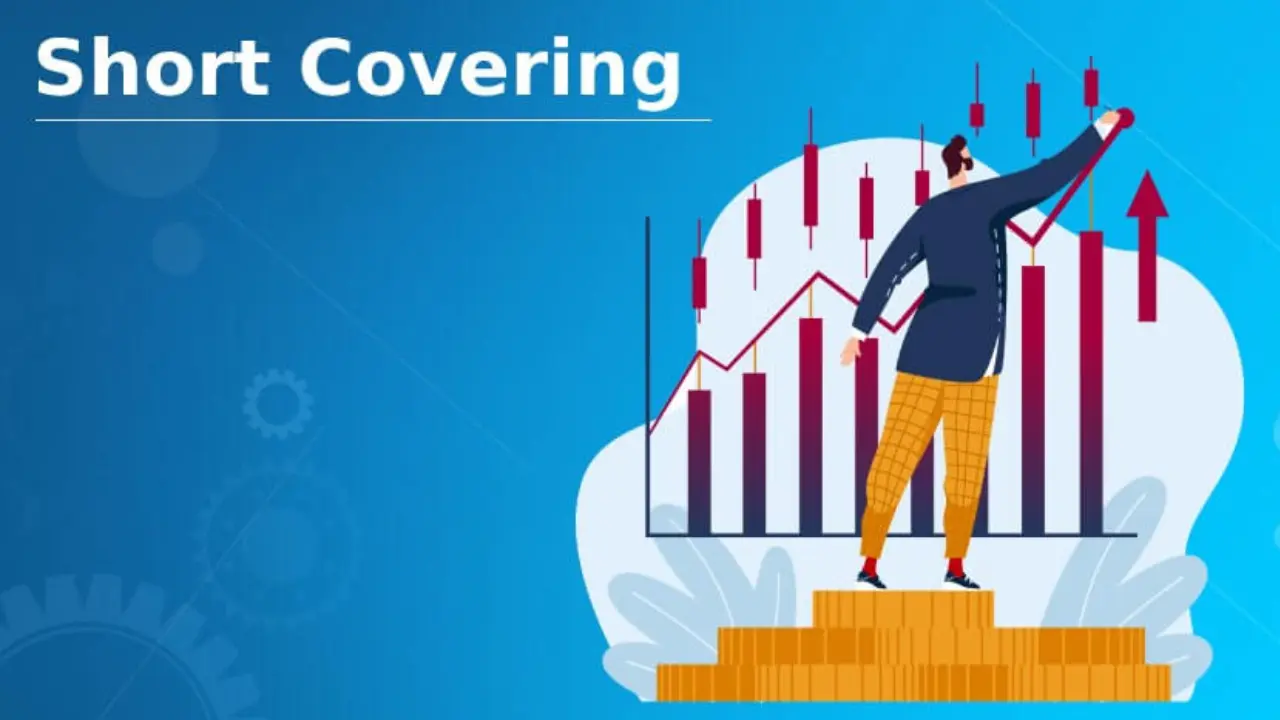Short covering is a term commonly used in finance and investing. It refers to the act of buying back securities or assets that were previously sold short to close out the position. This article will explain a short cover, how it works, and its impact on the market.
What is Short Selling?
Before we dive into short covering, let’s first understand what short selling is. Short selling is a trading strategy in which an investor borrows shares of stock from a broker. Then they immediately sell them on the open market, with the hope of buying them back later at a lower price. The investor makes a profit if the price of the stock falls. As they can buy it back at a lower price and return the shares to the broker, pocketing the difference.
What is Short Covering?
Short covering is the opposite of short selling. It involves buying back the shares that were sold short to close out the position. This can happen for several reasons:
- The investor’s prediction was incorrect and the stock price is rising, so they want to limit their losses.
- The investor wants to take their profits and close out the position.
- The broker demands the shares back, usually because the investor has exceeded their margin limit.
When an investor buys back the shares, they must pay the current market price. Regardless of whether it is higher or lower than the price at which they sold the shares short. This means that short covering can result in a loss for the investor if the price has gone up since they sold the shares short.
Impact on the Market
The short covering can have a significant impact on the market, especially if a large number of investors are shorting the same stock. When these investors start buying back the shares to cover their short positions. It creates a buying frenzy that drives up the price of the stock even further. This is known as a short squeeze.
Short squeezes can be very profitable for investors who are long on the stock, as they can sell their shares at a higher price. However, they can also be very painful for investors who are short on the stock. As they may be forced to cover their position at a loss.
The short covering can also signal to other investors that the stock is a good buy, especially if the short interest in the stock was high. This can further drive up the price of the stock and create a positive feedback loop.
Examples of Short Covering
One notable example of short covering occurred in 2021 with GameStop, a struggling video game retailer. A group of retail investors on the social media platform Reddit noticed that a large number of hedge funds were shorting GameStop stock. They decided to buy up shares of the stock to drive up the price and force the hedge funds to cover their short positions.
The plan worked, and GameStop stock skyrocketed from around $20 per share to over $400 per share in a matter of weeks. This caused massive losses for the hedge funds that were short on the stock and huge profits for the retail investors who were long on the stock.
Conclusion
Short covering is an important concept in the world of finance and investing. It refers to the act of buying back shares that were sold short to close out the position. Short covering can have a significant impact on the market. Especially if a large number of investors are shorting the same stock. It can create a buying frenzy that drives up the price of the stock and create a short squeeze. It can also signal to other investors that the stock is a good buy. Understanding short covering is crucial for investors who want to make informed decisions about their trades.

